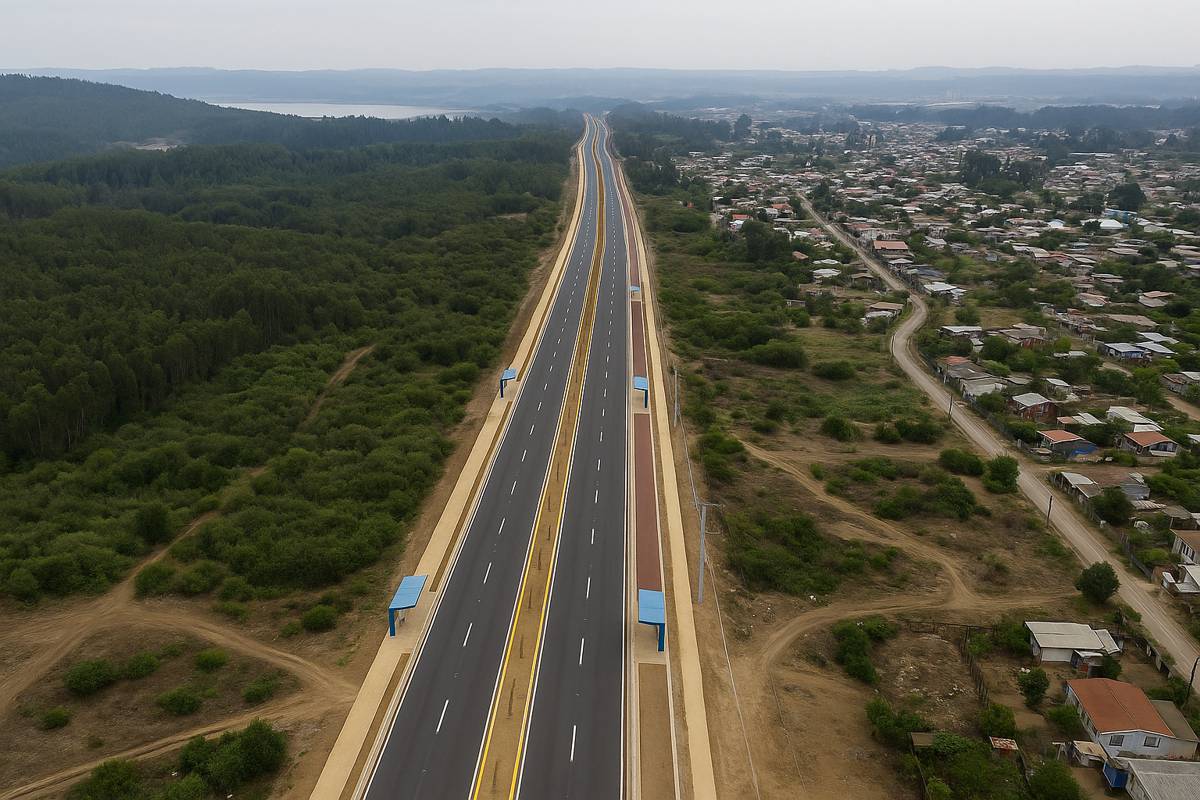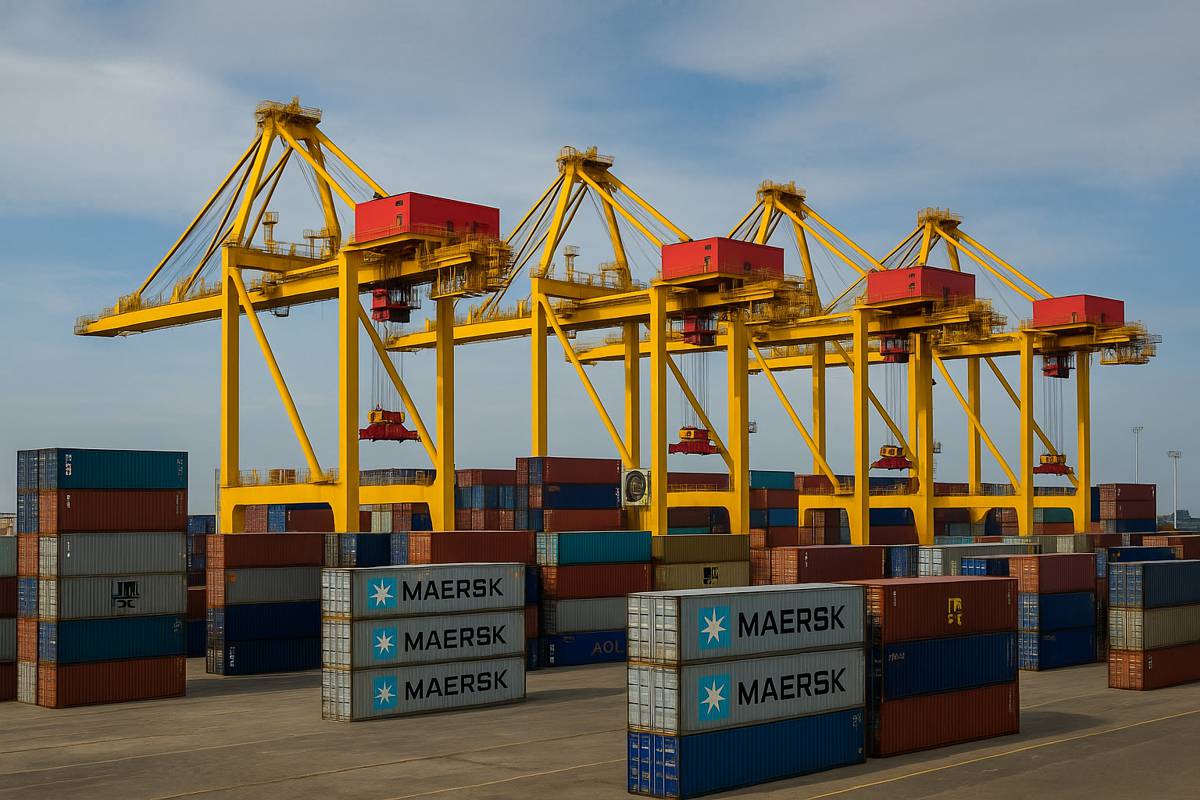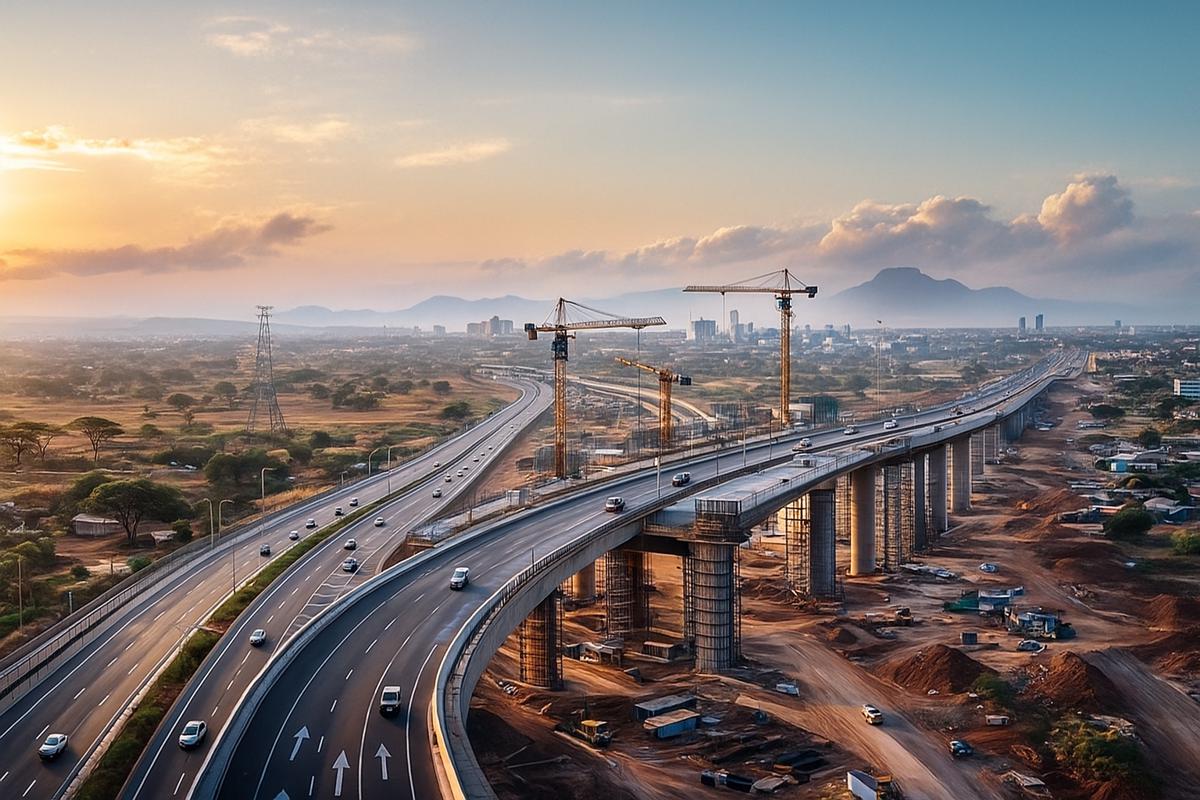China Building a New Silk Road Highway to Iran Via Afghanistan
China’s ambitious project to construct a transcontinental highway stretching from its western borders to Iran, via the challenging terrain of Afghanistan, is making headlines globally.
This initiative, a cornerstone of the Belt and Road Initiative (BRI), promises to revitalise ancient trade routes while fostering economic growth and geopolitical stability. As China pioneers the integration of East and West through this monumental endeavour, the implications for the involved nations and the broader region are profound.
The Belt and Road Initiative
Launched in 2013, China’s Belt and Road Initiative is a multi-trillion-dollar programme designed to connect Asia with Africa and Europe through an expansive network of infrastructure projects. From railways to ports, the BRI aims to stimulate economic development by facilitating trade and fostering regional cooperation. The highway through Afghanistan and Iran represents a significant step forward, linking China directly to the Middle East. By resurrecting a modern Silk Road, this project positions China as a key player in global trade.
This initiative is not merely about constructing roads; it’s about building relationships and economic bridges. The transcontinental highway will reduce transport costs, shorten delivery times, and provide China with direct access to markets in the Middle East and beyond. As part of the BRI, it reflects Beijing’s commitment to reshaping global trade routes, ensuring China remains at the heart of a new economic order.
Strategic Implications
The highway holds immense strategic value, extending beyond its economic benefits. For one, it significantly boosts China’s geopolitical influence. By strengthening ties with Afghanistan and Iran, China solidifies its foothold in a region historically influenced by Western powers. This project is not just about logistics; it’s about diplomacy, influence, and long-term positioning in a shifting global landscape.
Moreover, the highway offers China greater access to Afghanistan’s and Iran’s abundant natural resources. Afghanistan is rich in minerals like lithium and rare earth elements, critical for China’s growing industrial needs. Similarly, Iran’s oil and gas reserves could provide China with a stable energy supply. By facilitating smoother resource transport, the highway strengthens China’s energy security, aligning with its broader industrial goals.
Tackling Afghanistan’s Tough Terrain
Afghanistan’s rugged geography and complex security challenges have long deterred large-scale infrastructure projects. However, recent developments demonstrate progress in overcoming these obstacles. A key milestone came in January 2024, when Afghan officials announced the completion of a road connecting the Wakhan Corridor to China. This critical link not only provides direct access between the two nations but also underscores the feasibility of the broader highway project.
Yet, challenges persist. The mountainous terrain of Afghanistan requires advanced engineering solutions and significant investment. Furthermore, the region’s volatile security situation adds another layer of complexity. Ensuring the safety of workers and future travellers is paramount, requiring coordinated efforts between China, Afghanistan, and Iran. Security guarantees are crucial, as even minor disruptions could derail the project’s timeline and economic viability.
Iran As The Gateway to the Middle East
Iran’s role in this transcontinental highway is pivotal. Positioned as a natural gateway to the Middle East, Iran has been actively enhancing its infrastructure to align with regional connectivity goals. The proposed highway dovetails with Iran’s ambitions to become a central transit hub, facilitating trade between Asia and the Middle East.
For Iran, the highway brings substantial economic opportunities. Increased trade volumes, foreign investment, and integration with China’s vast economic network are just some of the benefits. By participating in this project, Iran strengthens its position as a regional power, while its economy stands to gain from improved logistics and greater access to international markets.
Challenges to Overcome
While the project’s benefits are clear, the challenges are equally formidable. Political instability in Afghanistan and Iran poses a significant risk. Any escalation in conflict or unrest could disrupt construction and delay progress. Maintaining a stable environment requires strong governance, international collaboration, and sustained efforts to address underlying socio-political issues.
Environmental concerns also loom large. Constructing a highway through ecologically sensitive areas necessitates careful planning and mitigation strategies to minimise environmental degradation. Striking a balance between development and sustainability is a challenge that China and its partners must prioritise.
Cultural sensitivity is another crucial factor. Engaging with local communities and respecting regional norms will be essential for garnering support and ensuring the project’s long-term success. Without local buy-in, even the most well-funded projects can falter.
A Modern Silk Road
As the highway takes shape, it’s clear that this is more than an infrastructure project—it’s a transformative endeavour with the potential to reshape regional economies. By enhancing connectivity, it paves the way for increased trade, cultural exchange, and geopolitical cooperation. The benefits, however, hinge on addressing the myriad challenges inherent in such an ambitious project.
China’s transcontinental highway through Afghanistan and Iran stands as a testament to the possibilities of collaboration and vision. It exemplifies how infrastructure can be a tool for uniting nations, revitalising economies, and fostering peace. As construction progresses, this modern Silk Road promises to be a beacon of hope for a more connected and prosperous world.




















